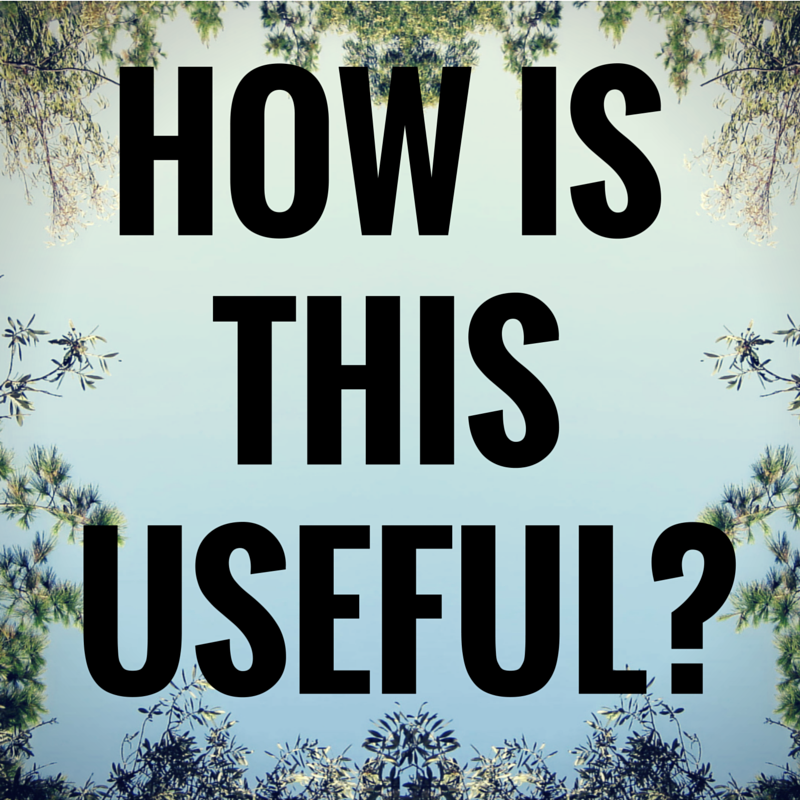I have a friend who teaches the fourth grade, and just from the way her voice sounds on the phone when she talks about her day, I can tell she’s a wonderful teacher.
Yesterday she told me about three “sentence frames” that she gave to her room of nine-year-olds to use in talking about writing. I didn’t know what a sentence frame was but I loved that compound phrase right away with its suggestion of words and structure–two of my favorite things.
When she gave me the examples, I understood. Here are the three sentence frames:
- One thing I like about this piece is ________.
- One thing that confused me was ________.
- I wanted to know more about ________.
As she introduced each sentence frame to the class, she asked the kids, “How would this be helpful for a writer?”
I had just finished teaching my first workshop of the quarter, and I thought, these sentence frames and that question are most of what a grown-up needs to know to be a useful reader of somebody’s work.
We’re all learning the same things, over and over. How to talk to each other about story, ambition, and art. How to respond as a reader to our own and others’ work. We are all better readers than we are most other things. If we write as readers, we can figure out how our story will go; we will pull on our tallest boots and wade out as far as we can go. As readers, we are adventurers, take risks, go unafraid into original wilderness. As readers we second-guess and speculate. That’s plotting, and if you write or outline your way into a corner, that reading muscle will get you out again in an unexpected way. As readers, we want to be gripped, surprised, shattered. We’re looking for sentences that steal our breath and stories that strip us naked and turn lake surfaces into mirrors. We are our best, most daring selves as readers and we need only come to writing with that same courage to do what we most want to do on the page.
Comment below!

